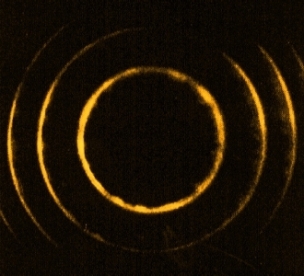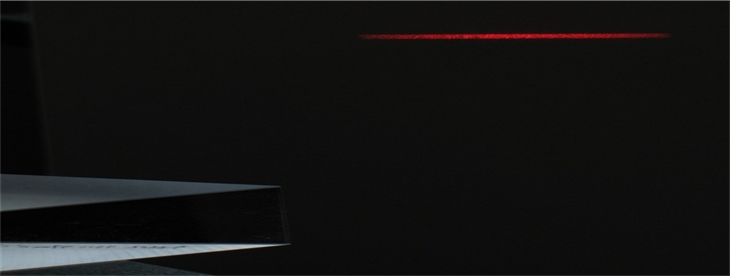


Interferometric Optics recognizes that quantum interference is the essence of contemporary and future optics. Interferometric Optics focuses on original interferometric solutions for science, medicine, engineering, and industry based on a solid and transparent record of original research. Emphases are on research and the combination of research and development. However, broader expertise bridges from theory to experiment, from experiment to prototype, and from prototype to early production. We specialize in interferometric imaging, interferometric microscopy/nanoscopy, very large N-slit laser interferometers, quantum entanglement, nanometer quantum interferometers, and in secure space-to-space quantum communications. Furthermore, we conduct cutting-edge research and development in generalized multiple-prism optics directly applicable to astronomical instrumentation and to the design of dispersive cavity architectures for high-power tunable lasers and miniature narrow-linewidth tunable lasers. We support our clients with originality, pragmatism, and the upmost confidentiality. Our guiding principles is... semper originem.
Interferometric Optics was founded in 2006, by Dr. F. J. Duarte, in Monroe County, New York, USA. In our research associates team we integrate the knowledge and expertise of several world-class experts in lasers, optics, and optical materials. We also collaborate, and work with, top US optics manufacturers.


Published on the 5th of May, 2006; updated on the 15th of May, 2023.